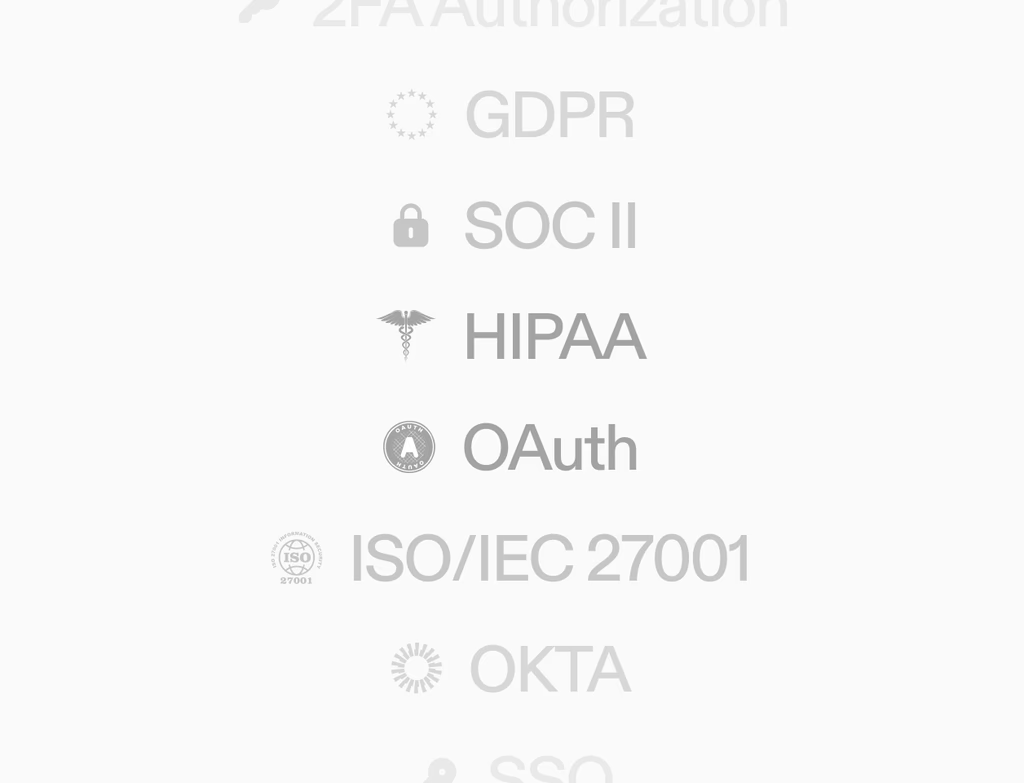What is Consent & Audit (PHI) and who is it for?
Consent & Audit (PHI) is a healthcare-specific reframing of existing forms and audit capabilities within the Hoop platform. It allows organizations to capture clinical consents and maintain immutable access logs mapped to purpose-of-use. This feature is vital for any healthcare provider, clinic, or research institution that handles Protected Health Information (PHI) and needs to ensure verifiable consent records and a complete audit trail for compliance.
It is designed for administrators and compliance officers who need to align patient intake processes with strict regulations like HIPAA and 42 CFR Part 2 without implementing entirely new applications. It minimizes change management by leveraging modules already integrated into your current stack.
How does Consent & Audit (PHI) simplify compliance and consent management?
This Hoop feature turns every patient consent into an enforceable, reportable record, providing proof of consent instantly. It orchestrates the entire lifecycle of consent, from initial capture to revocation and enforcement, all securely anchored to patient records and visits. The system automatically associates the consent to the encounter, logging critical context details.
Key benefits include:
- Automatic association to encounters with context (location, provider, device).
- Templates for standard healthcare uses like HIPAA, telehealth, and research.
- Multilingual experiences and timestamped signatures for high integrity.
What is the process to set up Consent & Audit (PHI) on the Hoop platform?
Setup is designed for rapid deployment, as it leverages your existing forms, e-sign tools, and audit modules already integrated within Hoop. This approach significantly reduces the typical time-to-value compared to implementing a standalone system. You start by configuring the feature to reframe your existing capabilities for healthcare needs, which involves defining how current patient intake forms map to the required compliance standards.
The quick start minimizes disruption to clinical workflows. Once configured, all consents are immediately enforceable and traceable. This means you gain an immediate, clean audit trail anchored to specific patient records, making compliance reporting straightforward right from the start.
Which pricing plans include the Consent & Audit (PHI) feature?
The Consent & Audit (PHI) feature is available across multiple pricing tiers on the Hoop platform to accommodate various organizational sizes and complexity needs. It is included in the core, pro, and enterprise plans, ensuring that essential compliance capabilities are accessible to a broad range of users. The scope and scale of the features may be optimized across these plans.
For example, the enterprise plan typically offers enhanced features such as more granular controls over data-minimization and masking rules applied during retrieval, as well as unlimited storage for evidence packages. Regardless of the plan, all users benefit from the fundamental immutable logging and consent capture capabilities required for regulatory adherence.
How does the feature ensure immutable logging and data security?
The Hoop platform’s immutable logging capability ensures a transparent and permanent record of every access event, recording the user, dataset, and declared purpose for that access. This creates a secure, verifiable chain of custody for all sensitive data. The system actively monitors activity for any out-of-pattern behavior, triggering anomaly alerts for compliance officers.
Security is maintained through:
- Versioned consent history that provides clean audit trails.
- Data-minimization and masking rules applied on retrieval to protect PHI.
- Generation of Evidence Packages—shareable audit bundles—for regulators and payer reviews, offering proof of compliance.
What is the process for patients to revoke or manage their consent scope?
The Hoop platform fully supports patient rights regarding their data, allowing them to revoke or limit the scope of their consent at any time. When a patient revokes or modifies their consent, the system immediately enforces these changes at the point of data access.
The feature handles lifecycle governance by:
- Enforcing revocations and scoped consents instantly during access time.
- Propagating renewal prompts and expiry reminders across all relevant channels.
- Logging all changes and revocations with notifications to maintain a clean audit trail.
If patients have questions or need to manage their consent, they can typically use the same system where they provided consent, ensuring a seamless and compliant process.



.avif)





